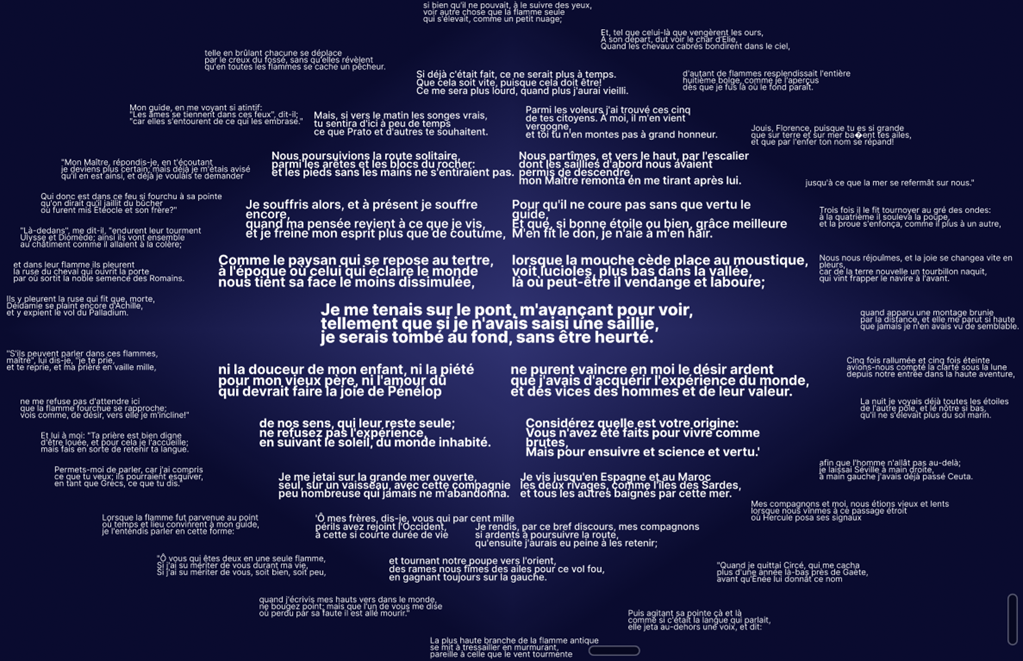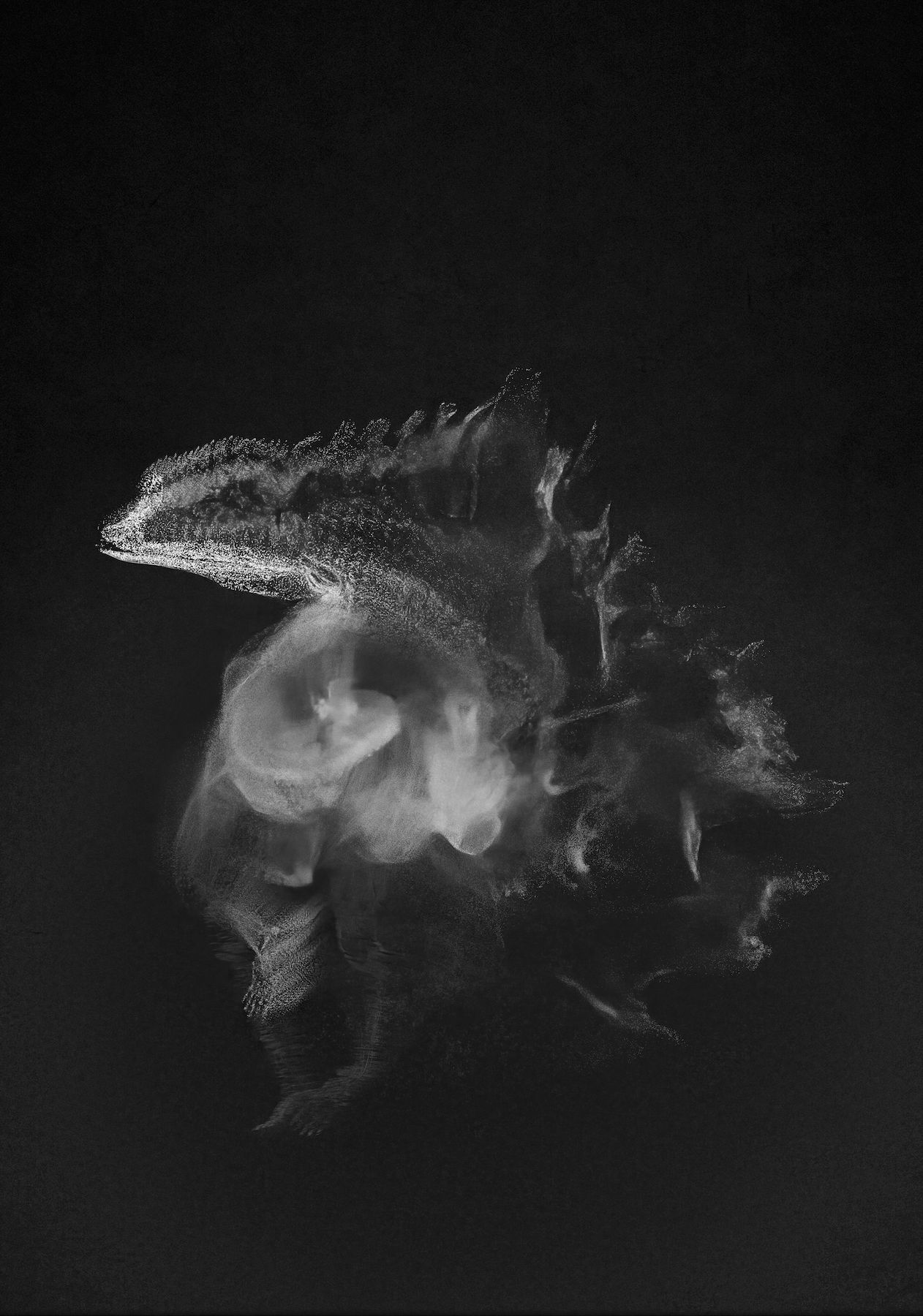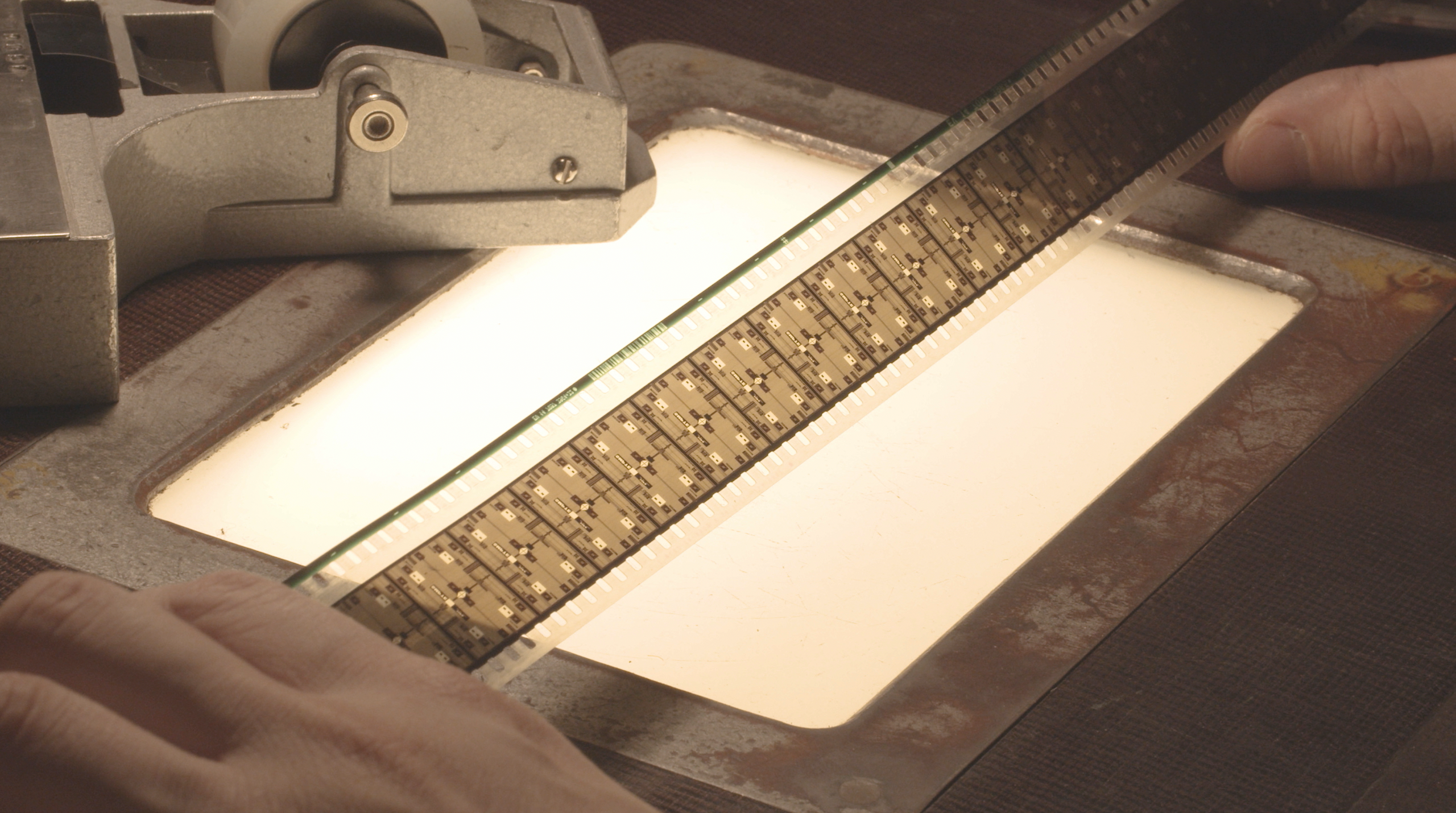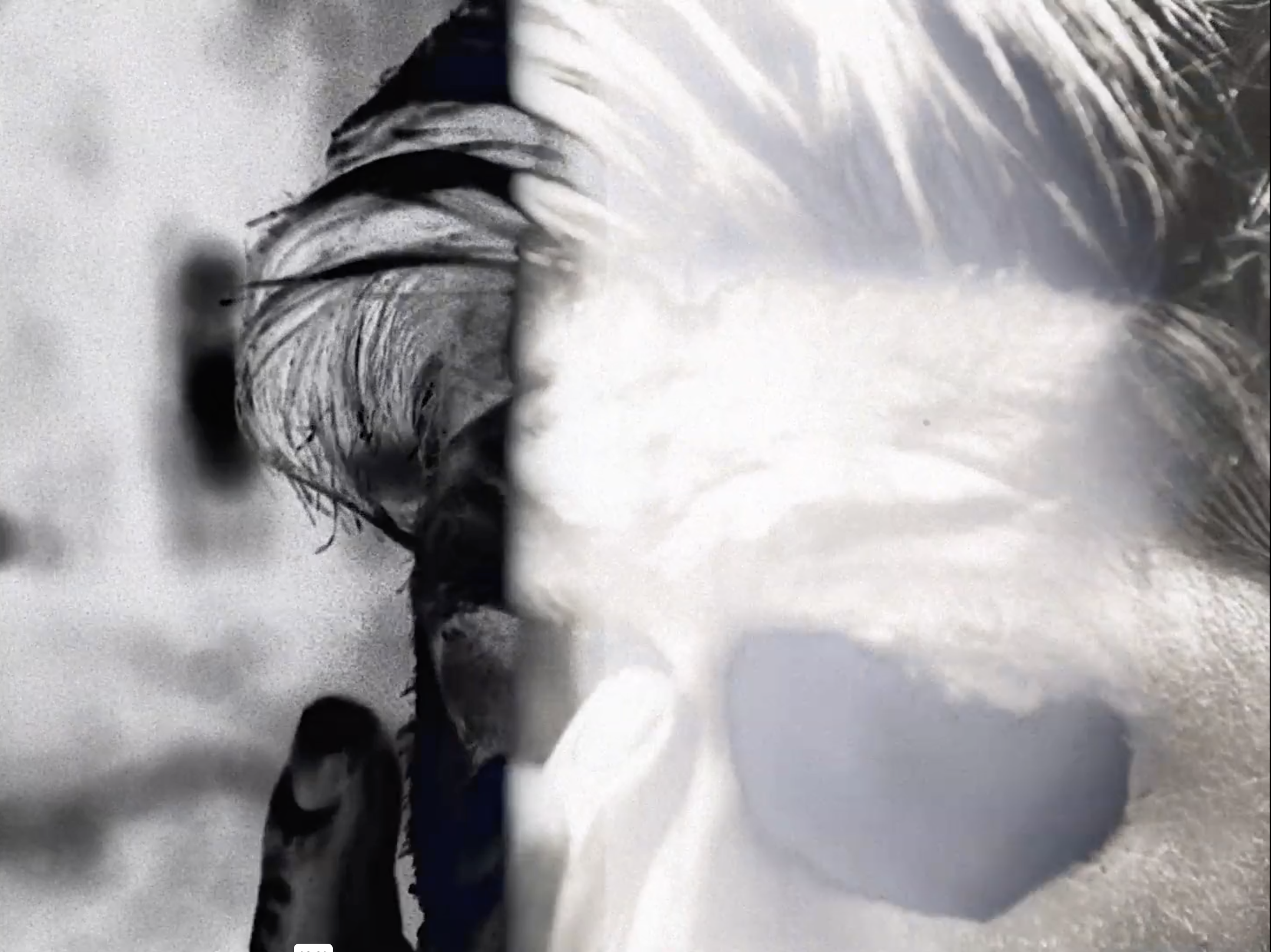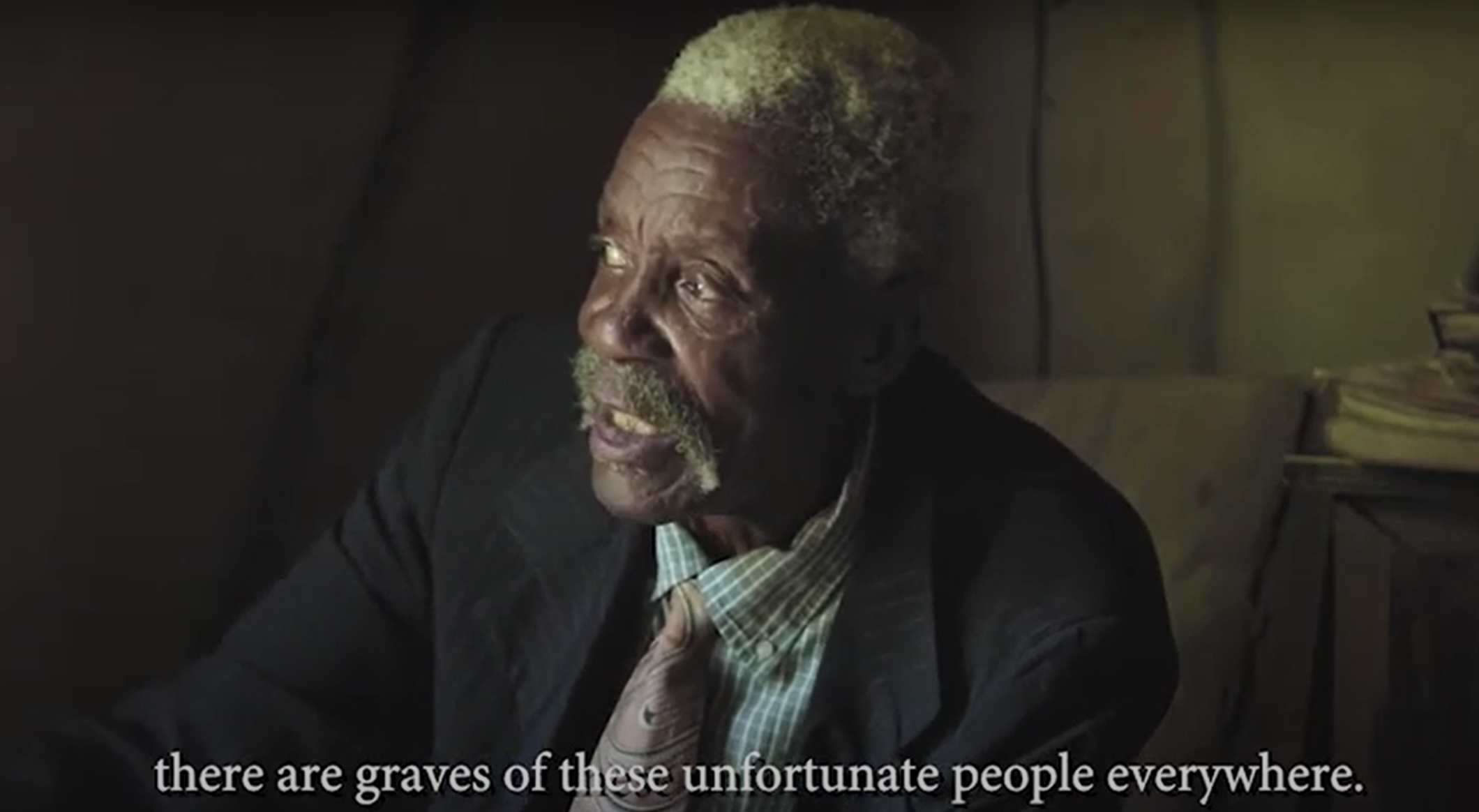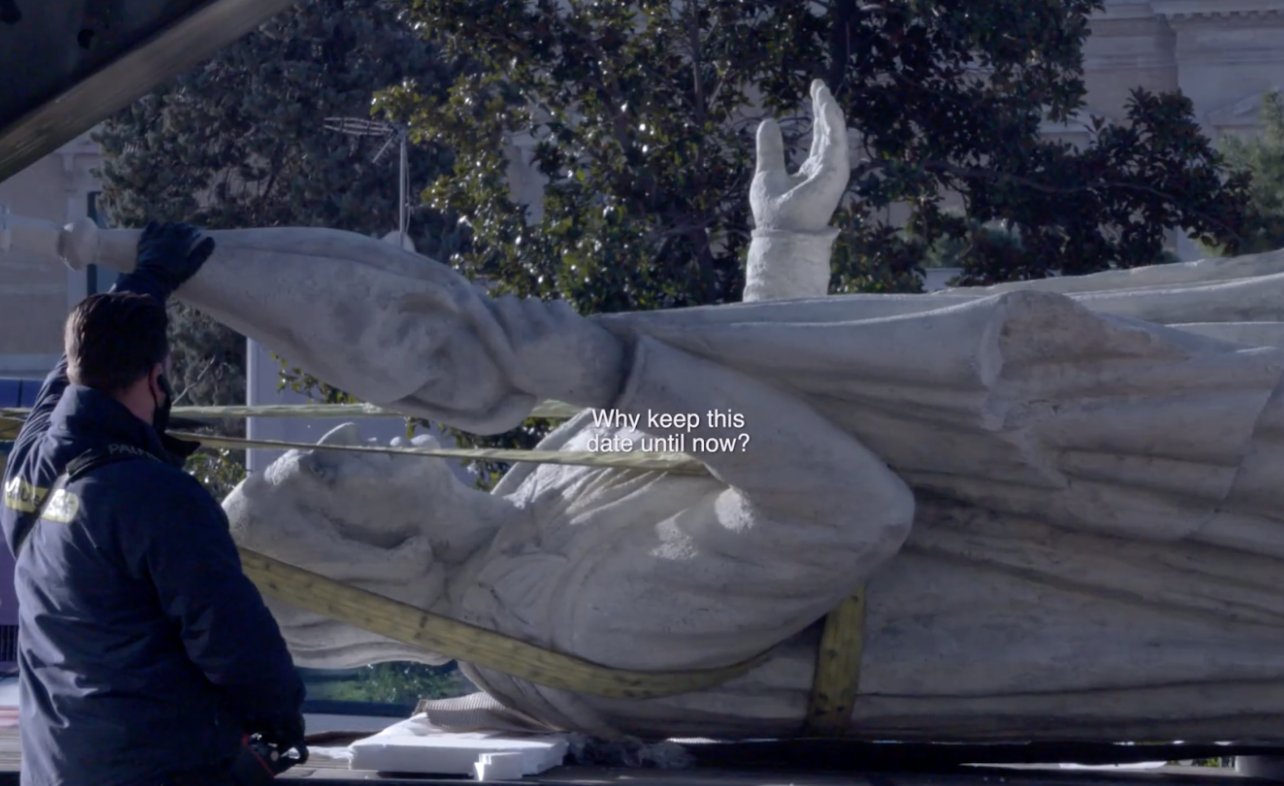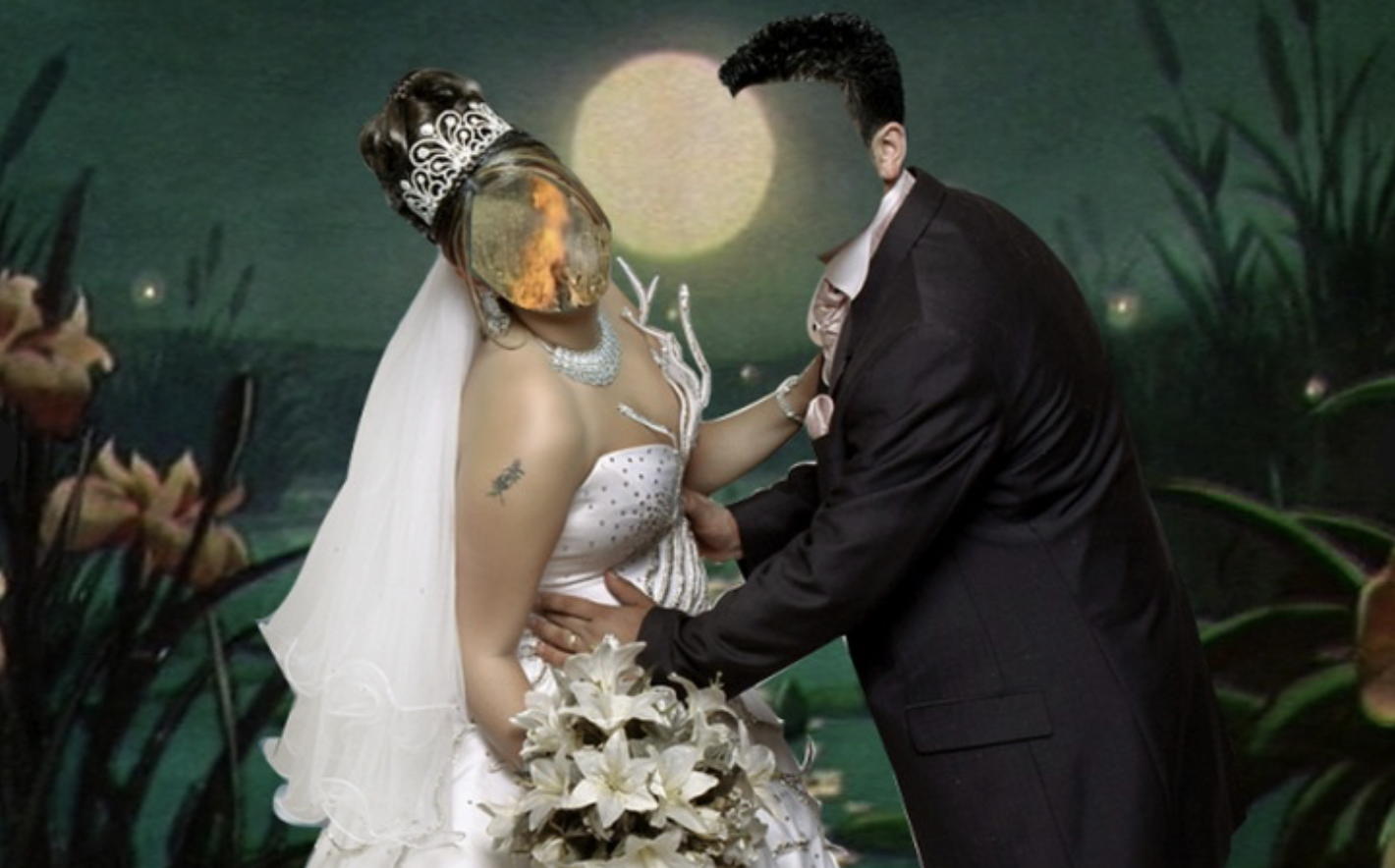Produced by Le Fresnoy, Studio national des arts contemporains
Embodying the concept of beauty and perfection, EMI is an adored virtual influencer
until the day doubt creeps in.
What if the trend was to look less and less like a human being?
CGI, AI image generators, a program created to automate video processing, but also
traditional techniques such as live shooting or FX make-up, EMI explores different
methods in an atmosphere of viral vlogs and colorful selfies.
EMI is a hybrid project that includes a short film and a web page with NFTs.
https://emi.nevergone.cloud/
The emi.nevergone.cloud webpage is an outgrowth of the EMI film, extending the
narrative into another space and time. People can own a part of the influencer’s physical
body, thereby becoming the guardian of one of her organs. Each organ comes with a
short description that follows the codes of an autopsy. The NFT edition fully embraces
the consumerist codes of influencers.
Behind its seductive form, the EMI project explores the increasing capitalization of the
body, online, inviting us somewhere on the edge of the beautiful and the repulsive, the
real and the fictitious, the living and the dead.
Born in France in 1995 and based in Brussels, Ethel Lilienfeld’s work examines the growing
impact of the virtual body on reality and everyday life. She creates uncanny images that
exacerbate the tension between fantasy and madness. Ethel Lilienfeld’s work explores issues of
social norms, aesthetic standards and concepts of identity and gender. The body plays an
important role in most of the artist’s proposals. By combining technology with traditional
filmmaking techniques, Ethel crafts singular visual environments. Although she uses
photography, video installation and film, her works are nonetheless related to sculpture, and the
relationship with space is crucial in her oeuvre. In her videos, Ethel Lilienfeld works with actors,
sets and objects, sometimes drawing on fiction, sometimes on reality.
After completing a master’s degree in visual arts at La Cambre (Brussels) in 2020, Ethel
Lilienfeld obtained a post-graduate degree at Le Fresnoy – Studio national des arts
contemporains in 2023. She has won a number of awards: Villa Albertine Grant / Étant Donnés
Contemporary Art (2023); PrixFintroPrijs / Audience award and second jury prize (BE, 2023);
Production grant of the Wallonia-Brussels Federation (BE, 2022); Audience award, Brussels
Videonline Festival #2 at LA CENTRALE (BE, 2021); Cocof Award (French Community Commission)
at Médiatine (BE, 2021); Prix des Amis de La Cambre (BE, 2020).
Ethel’s work has been presented at such venues as the FotoFest Biennial (Houston, US); MEET –
Digital Culture Centre (Milan, IT); Alan Kadıköy _ Noise Media Art (Istanbul, TR); IMAL Centre for
digital cultures and technology (Brussels, BE); Opéra de Lille (Lille, FR); Les Safra’Numériques
(Amiens, FR); Le Cube (Garges, FR); Centre Wallonie-Bruxelles (Paris, FR); KANAL – Centre
Pompidou (Brussels, BE); Z33 Museum (Hasselt, BE); La CENTRALE pour l’art contemporain
(Brussels, BE); etc.
